How To Tell If A Car Fuse Is Blown
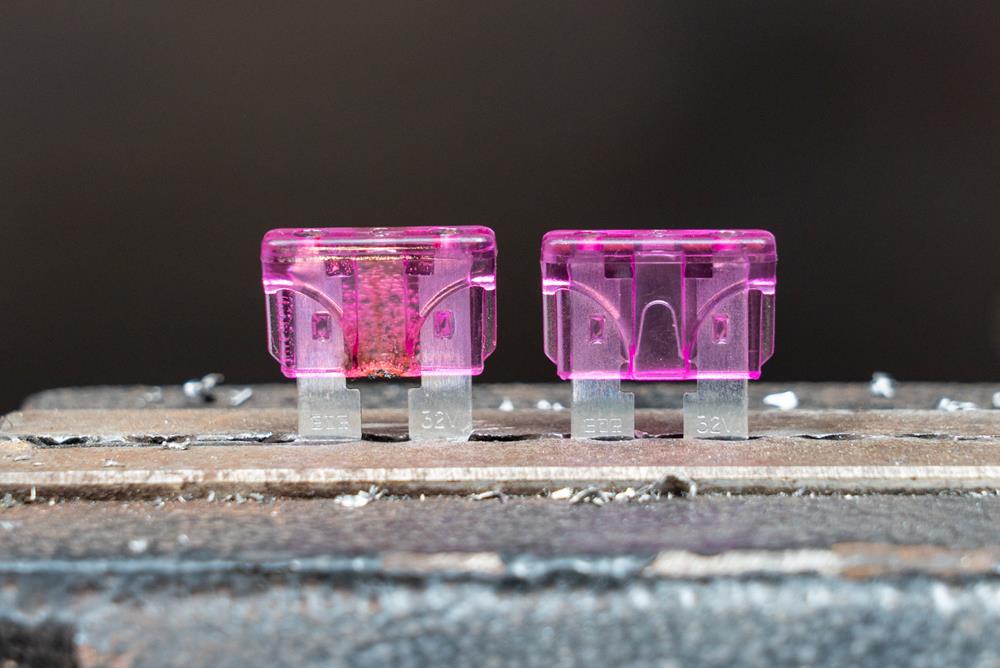
Overview
Automotive fuses form a central piece of your vehicle's electric system. These fuses are designed to fail and cut current flow when something goes wrong, keeping components safe from overload and preventing fires. So how do you tell if a fuse is blown? And how do you change an automotive fuse? Let’s find out.
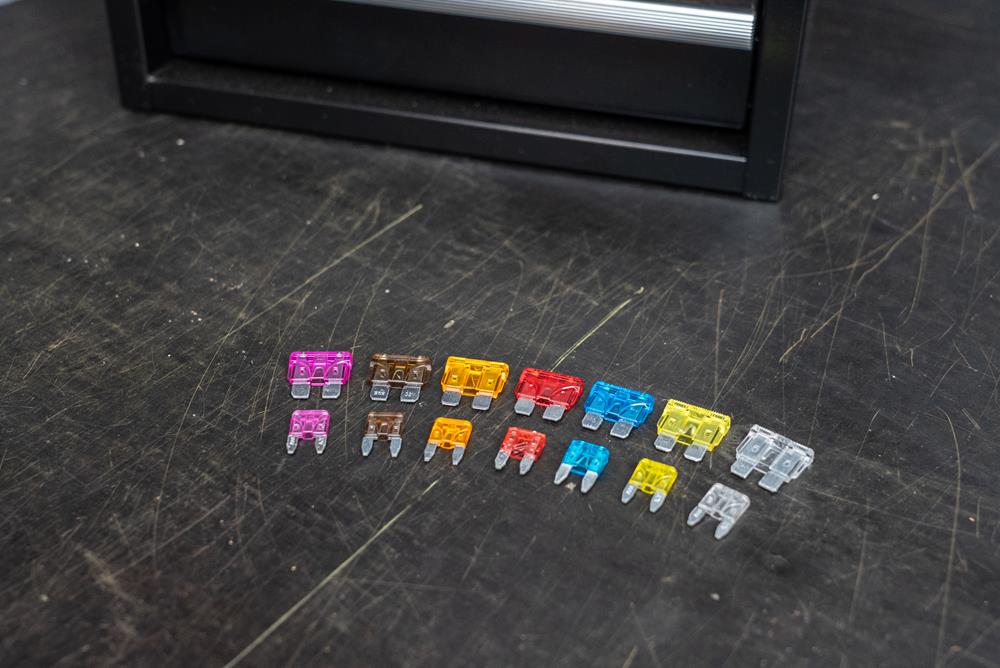
What does a car fuse do?
A car fuse is a safety device that protects the electrical circuits in your car. It does this by breaking the circuit if the current flowing through it exceeds a safe level, preventing damage to your car's electrical components. Essentially, it's like a safeguard that steps in to avoid electrical mishaps. Each fuse is tailored for a specific circuit and has a specific amperage rating, ensuring your car's electronics run smoothly and safely.
How does a fuse work?
A car fuse contains a thin wire strip called a filament fixed between two terminal ‘blades’ which is visible through the coloured plastic body. This strip melts or ‘blows’ when too much current (amps) flows through it. Each fuse in your car is designed for a specific amperage, ensuring that only the right amount of current flows through the electrical systems it protects. This is crucial because it prevents damage from overheating or electrical fires caused by overcurrent.
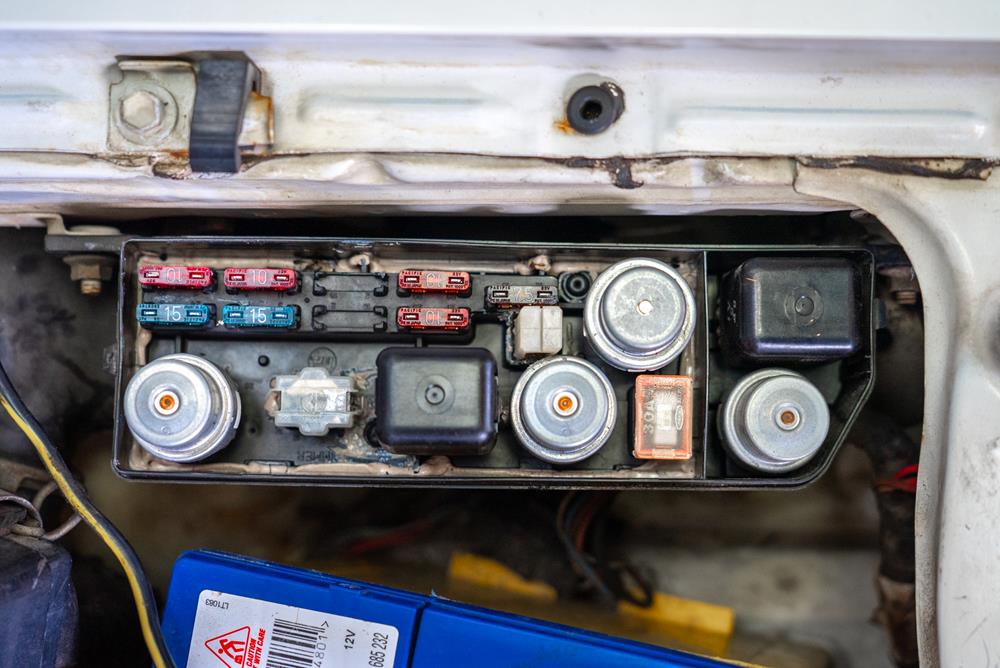
How to tell if a fuse is blown
Often you won’t know a fuse is blown until you go to use some component or function in your car, and it doesn’t work. If suddenly your power socket, radio, or a light isn’t working – the fuse is most likely blown.
When the fuse for a more vital component is blown, you may get a warning light on the dash. And the car may fail to start.
Sometimes a faint burned plastic smell may indicate that a fuse has blown recently.
What does a blown fuse look like?
Spotting a blown fuse is usually SUPER easy. Look at the side of the fuse and inspect the filament inside. If it is broken, the fuse is blown. In some cases a blown fuse will be made more obvious by blackening of the fuse or even a slight warp or melting of its plastic case.Steps
Where is the fuse box?
The fuse box may be under the bonnet, or in the passenger or driver foot well area. Or quite often there will be a fuse box in both places! Look for a cover with the word FUSE printed on it, or else check your owner’s manual to find out where the fuse box is.
Identify the Fuse
Remove the fuse box cover and you’ll usually find a layout and description for each fuse on the back. You may also find this printed in your owner’s manual.
Find the fuse description which matches your fault. Some systems will share a fuse, the car stereo and power socket usually work this way. Locate the corresponding fuse according to the fuse diagram.
Remove and Inspect the Fuse
Some vehicles will have a small fuse puller fitted into the fuse box, if you don’t have one a pair of needle nose pliers will do the trick. Pull the fuse and closely inspect the fuse for a break in the filament.
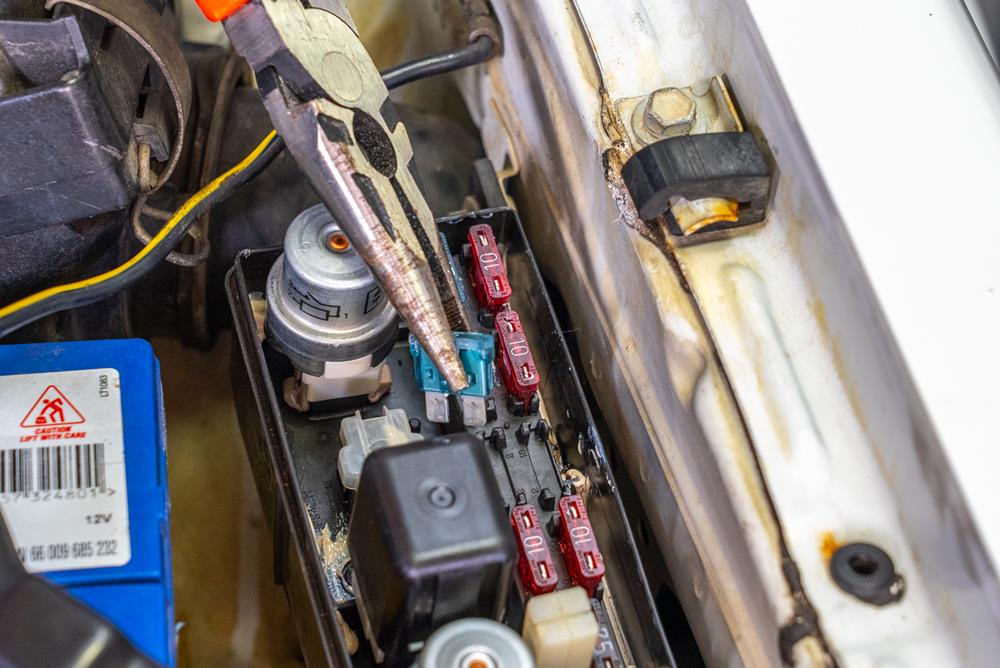
How to test a fuse with a multimeter?
Even if your fuse looks fine, a break in the filament can sometimes be too small to see. To test a fuse with a multimeter, you’ll need to set your multimeter to perform a continuity test. You won’t need to remove the fuses to test them with a multimeter, simply touch the probes to the tiny bare metal patches on top of each fuse and listen. If your multimeter beeps, the fuse is okay.
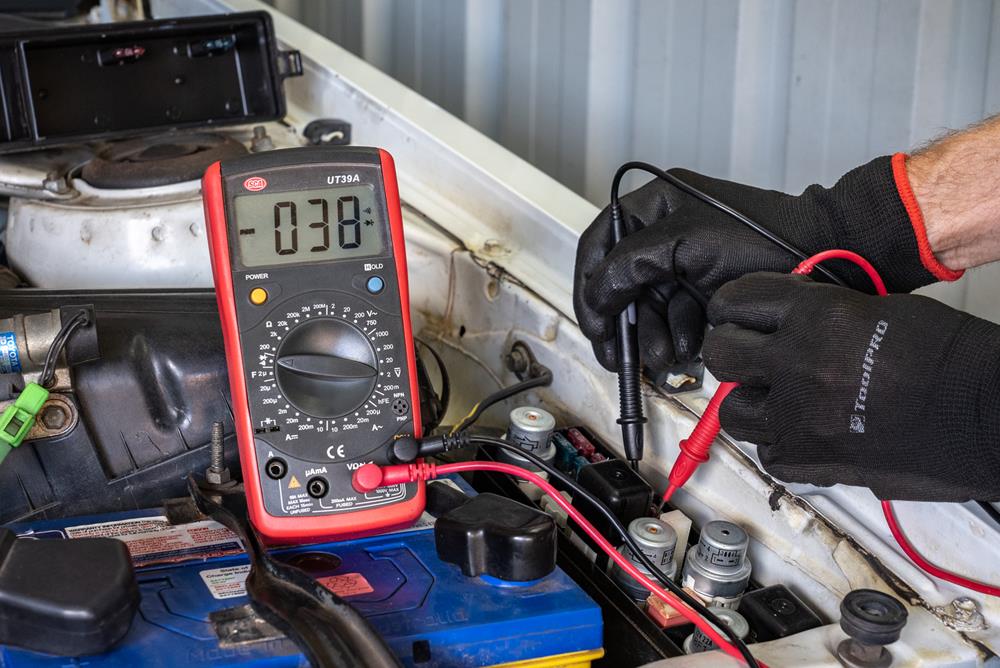
How to change a fuse?
A blown fuse must always be replaced with one of the same physical size and amp rating. A fuse rated too low will blow straight away. A fuse rated too high won’t blow quick enough, which means an expensive part will blow instead, or a vehicle fire may break out. The proper rating will be printed on the fuse diagram under the fuse box lid.
Your new fuse simply slots straight into the fuse box.
Tips
Are there any preventive measures to avoid blown fuses in the future?
The easiest things you can do to avoid blown fuses in the future is to avoid overloading power sockets with too many accessories, and to use high quality accessories wherever possible. Using the correct fuses when they do need replacing will also help. If you have a fuse which blows repeatedly, have an auto electrician inspect your car for faults.
Can a blown fuse be a symptom of a more significant car problem?
Yes, a repeatedly blown fuse may indicate issues like an electrical short circuit, overloaded circuits, or a malfunctioning component connected to the fuse. Frequent blowing of the same fuse is a red flag that there's a deeper electrical issue in your car. Further diagnosis with a multimeter or test light is possible if you’re handy with vehicle electrics, otherwise don’t hesitate to speak with an auto electrician.
*Important information* - Click here to read more about our DIY Advice Terms and Conditions.